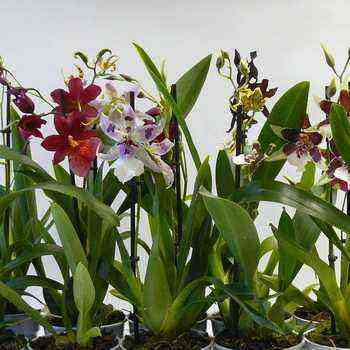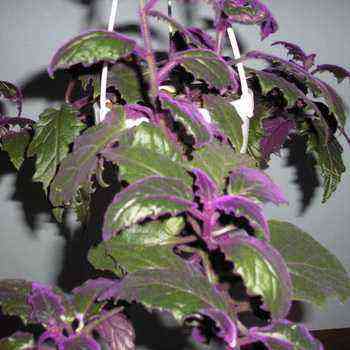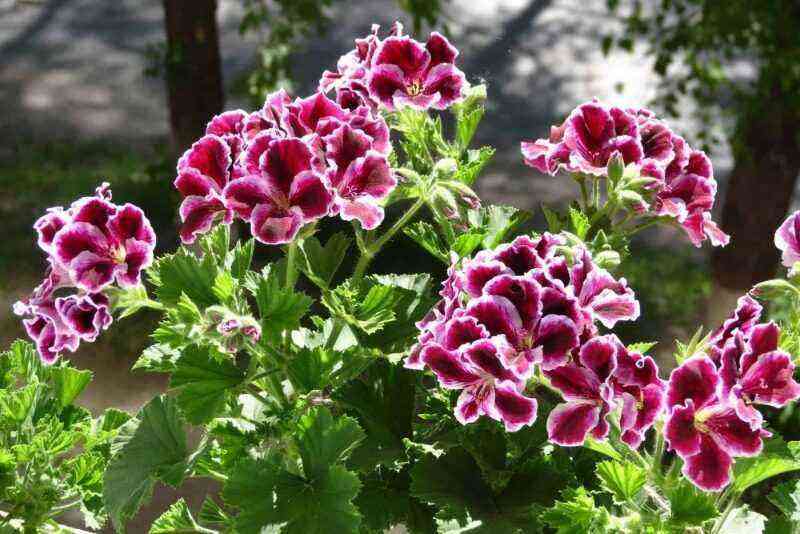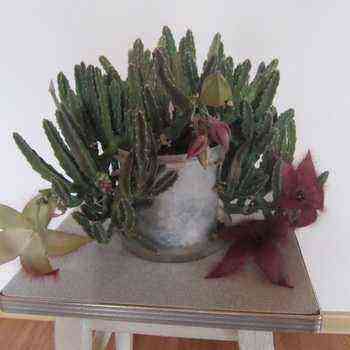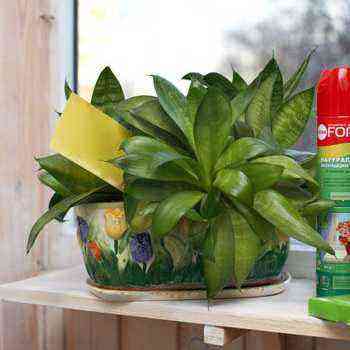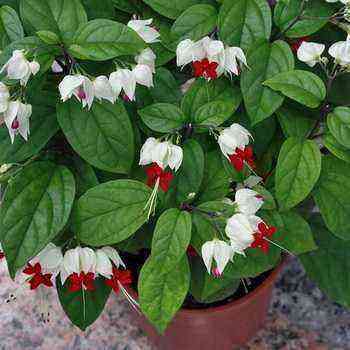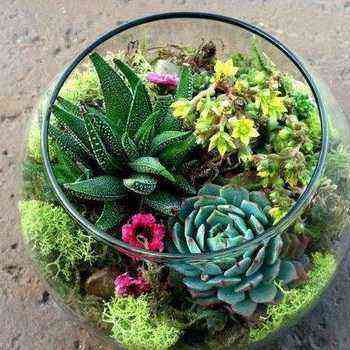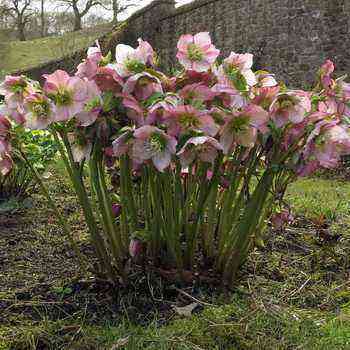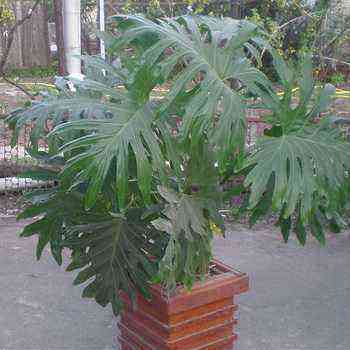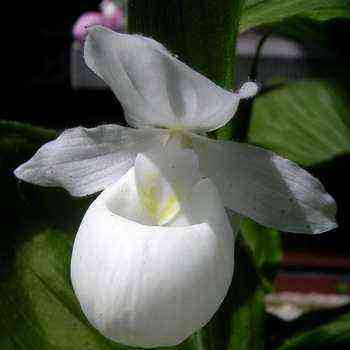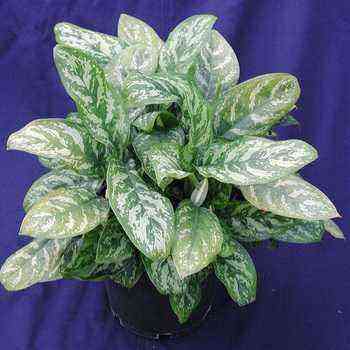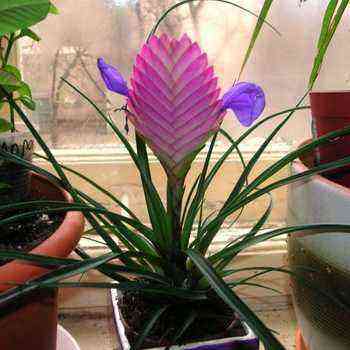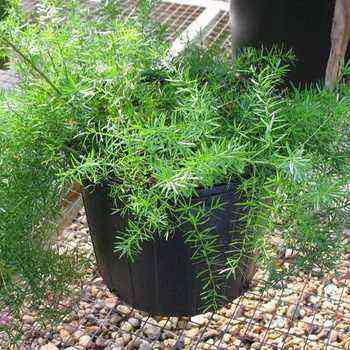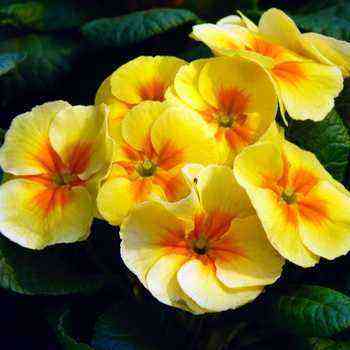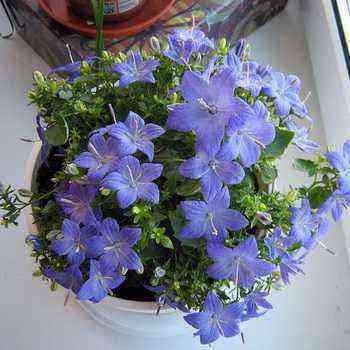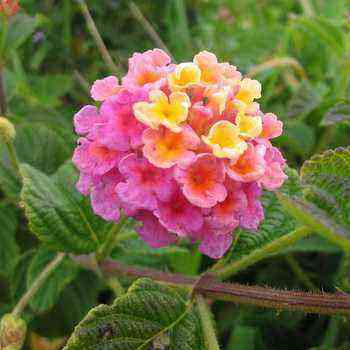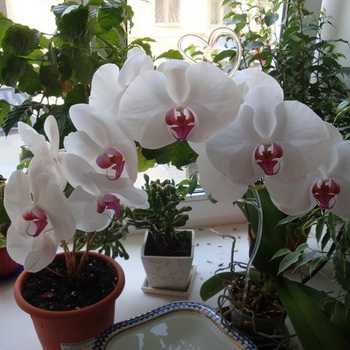
Each of the orchids has its own cultural needs. So, pafiopedilum does not require special care, but caring for a beautiful Cattleya is not an easy task. There are some general requirements and they are listed below. Rest is required if you want your plants to bloom again. There are four main damaging factors – drafts, hot summer sun, poor drainage, and direct heat from a radiator.
Orchid keeping conditions
The conditions for orchids largely depend on the variety of the given crop. There are species that grow in cool conditions that require temperatures around 10 ° C, and on the other side of the scale, tropical species that need a minimum of 18 ° C. Typically, your orchids will grow well at temperatures that are comfortable for you. Ideally, there should be a difference between day and night temperatures of at least 5 ° C. Most types should be kept outdoors, protected from the sun, between June and September. Further, other conditions for keeping orchids are described to ensure their abundant flowering.
Shine. From spring to autumn, the general requirement is a brightly lit area away from direct sunlight.
There are exceptions – litter plants such as variegated orchids will thrive in fairly shady conditions, while cymbidium needs summer sun when not blooming. In winter, it will be necessary to move the plant closer to the window as direct sunlight is no longer a problem. Always grow your orchids in a room that is lit in the evening during winter.
Air humidity. Orchids need a humid atmosphere, and this can be a problem in a centrally heated room. When growing unpretentious orchids, such as papiopedilum, it is enough to spray the leaves (more often in summer, less often in winter), or surround the pot with other indoor plants. For more demanding orchids, a pebble tray is required. Rubbing the leaves from time to time with a sponge and warm water is also helpful. Some tropical varieties can only be grown in a glass-walled container.
Food. The orchid compost contains no fertilizer. Avoid the temptation to overfeed. A general rule of thumb is to feed with orchid fertilizer or half potting fertilizer every third watering. Reduce feeding in spring and autumn, and stop in winter. Do not feed a newly planted plant for at least a month.
Watering the orchid during the care process
Watering orchid care includes using a special method. You can water either by immersion or the traditional way with a watering can. It is very important that the water is completely drained from the plant before placing it back on the tray or stand – root rot due to stagnant water is one of the main causes of orchid death. Aim to keep the compost moist, although the surface may be dry. Water about once a week – more in summer, less in winter. Use warm, soft water.
Transplanting and pruning orchids at home
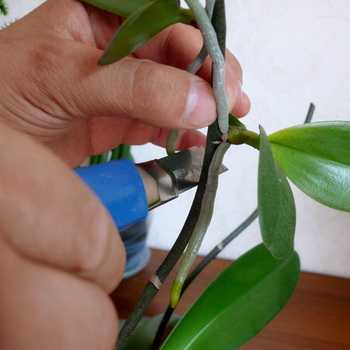
Transfer. Do not rush to replant orchids – this should happen approximately every 2 years when the pseudobulbs reach the edge of the container. It is better to replant in spring. The new pot should not be much larger than the old one, and special orchid compost should be used.
It is a mixture of bark, volcanic chips or sphagnum peat with perlite. Carefully remove the plant from the pot and cut off any damaged roots. Plant in the usual way, being careful not to compact the compost too much. Pour lightly over the top to let the soil settle in the new pot before putting it back in place. Use lukewarm soft water.

